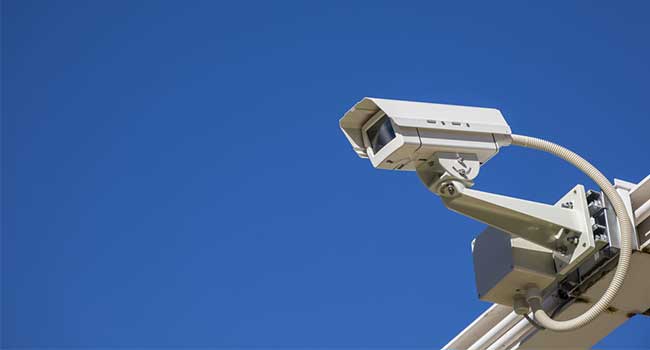
Physical Security Equipment Market to Reach $64 Billion by 2022
The physical security equipment market will see an increase in the next few years, largely due to threats and terrorism around the world.
- By Sydny Shepard
- Nov 26, 2018
A recent research by Future Market Insights has estimated the global physical security equipment market to reach nearly $64 billion by the end of 2022. Over the forecast period, the global market for physical security equipment is projected to exhibit a staggering growth of over 10 percent CAGR.
A major trend in the market that is aiding the upward swing is thermal cameras. As these cameras build out their features such as heat and water resistance and radiation use for thermal images, they have become an indispensable in part of physical security equipment in monitoring unique/large-scale outdoor environments, according to a press release.
Further helping the growth of the industry is the fact that several institutions and critical infrastructures are being offered grants by governments for purchasing efficient surveillance equipment.
It has become very important for institutions around the world to adopt physical security equipment due to threats related to physical damage and attacks. Various organizations from end-use sectors including transportation, commercial, utilities & energy retail, residential, government, manufacturing, education, healthcare and BFSI are adopting physical security equipment for safeguarding their property as well as personnel.
The elevation in threats pertaining to terrorism across the globe has led the organisations and governments to spend more on latest and highly advanced security solutions, for ensuring safety of physical sites and people working there. Increasing incidences of espionage and thefts, particularly in banking sector and commercial buildings, are further driving adoption of physical security equipment worldwide.
About the Author
Sydny Shepard is the Executive Editor of Campus Security & Life Safety.